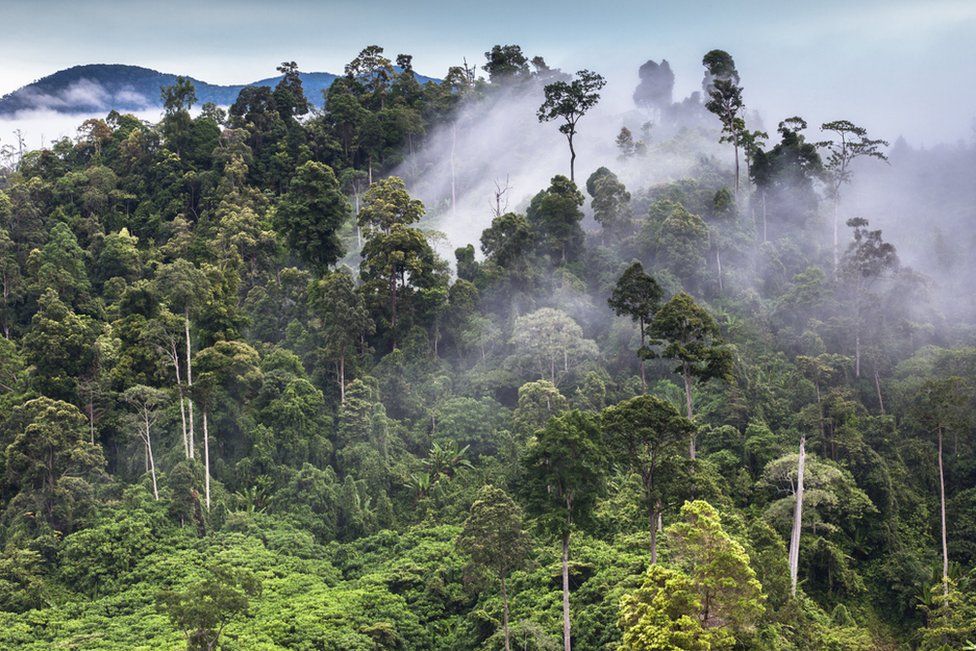Geneva: Sites containing some of the world’s most treasured forests, including the Yosemite National Park and Indonesia’s Sumatra rainforest, have been emitting more heat-trapping carbon dioxide than they have absorbed in recent years, a UN-backed report said.
According to the report released Thursday, factors like logging, wildfires and clearance of land for agriculture are to blame. The excess carbon turns up from just 10 of 257 forests classified among UNESCO World Heritage sites.
The Switzerland-based International Union for Conservation of Nature and UNESCO said their report provides the first-ever assessment of greenhouse gases produced and absorbed in UNESCO-listed forests. The study was based on information collected through on-site monitoring and from satellites.
The study adds to growing signs that human activities and the fallout from climate change – which scientists say has made weather extremes like drought and wildfires more likely – have transformed some natural carbon sinks that suck up CO2 from the air into net sources of it over the last two decades.
“All forests should be assets in the fight against climate change,” said Tales Carvalho Resende, a co-author of the report who works at Paris-based UNESCO. “Our report’s finding that even some of the most iconic and best protected forests, such as those found in World Heritage sites, can actually contribute to climate change is alarming.”
The 10 sites that were net sources of carbon from 2001 to 2020 were the Tropical Rainforest in Sumatra; the Río Platano Biosphere Reserve in Honduras; Grand Canyon National Park and Yosemite National Park in the United States; Waterton Glacier International Peace Park in Canada and the US; the Barberton Makhonjwa Mountains in South Africa; Kinabalu Park in Malaysia; the Uvs Nuur Basin in Russia and Mongolia; the Greater Blue Mountains area of Australia; and Morne Trois Pitons National Park in Dominica.
All told, however, the net carbon emissions from the 10 sites together amount to little compared to the total of roughly 190 million tonne of carbon dioxide that are absorbed each year by all 257 UNESCO-listed forests. Of those, about 80 sites were net neutral, while the rest were net absorbers of carbon.
The 10 sites account for nearly 5.5 million tonne of net carbon emissions. The most impactful was the Tropical Rainforest in Sumatra, which removed about 1.2 million tonne from the atmosphere, but released another 4.2 million tonne – making for net emissions of about three million tonne. This is due to a combination of logging and wood harvesting, as well as the impact of agriculture, the study found.
